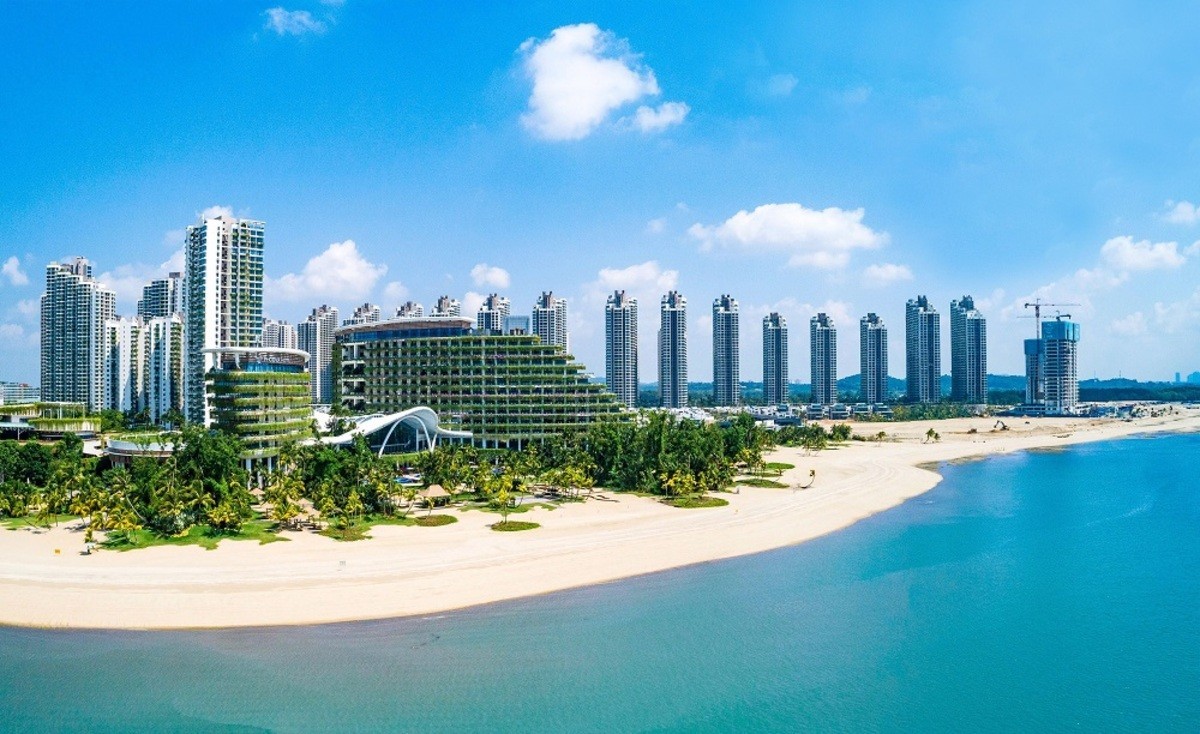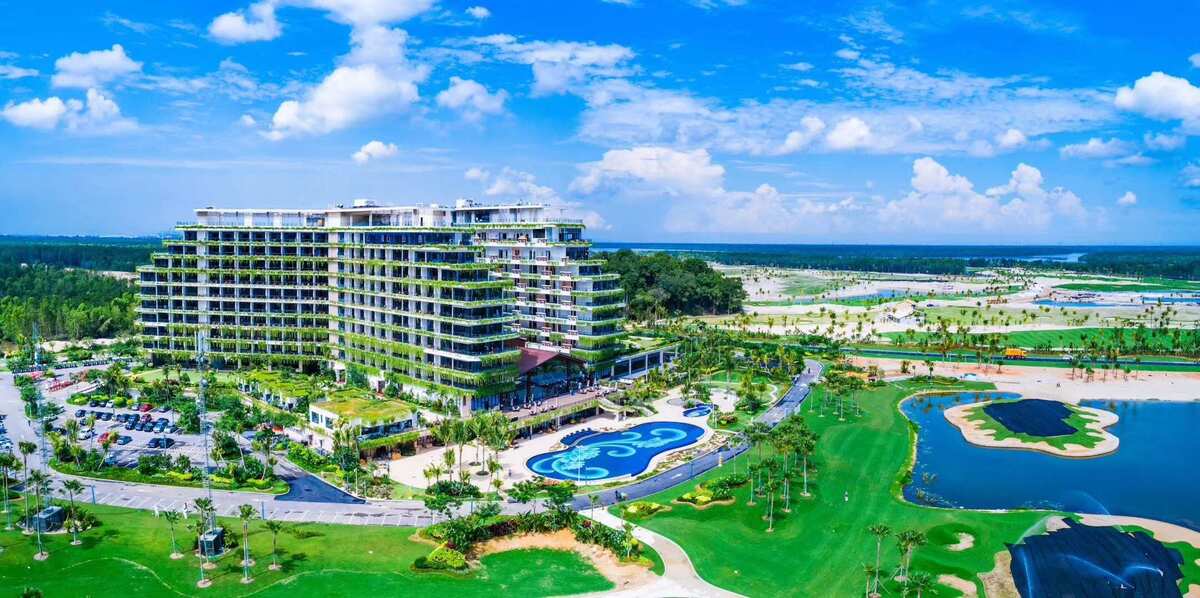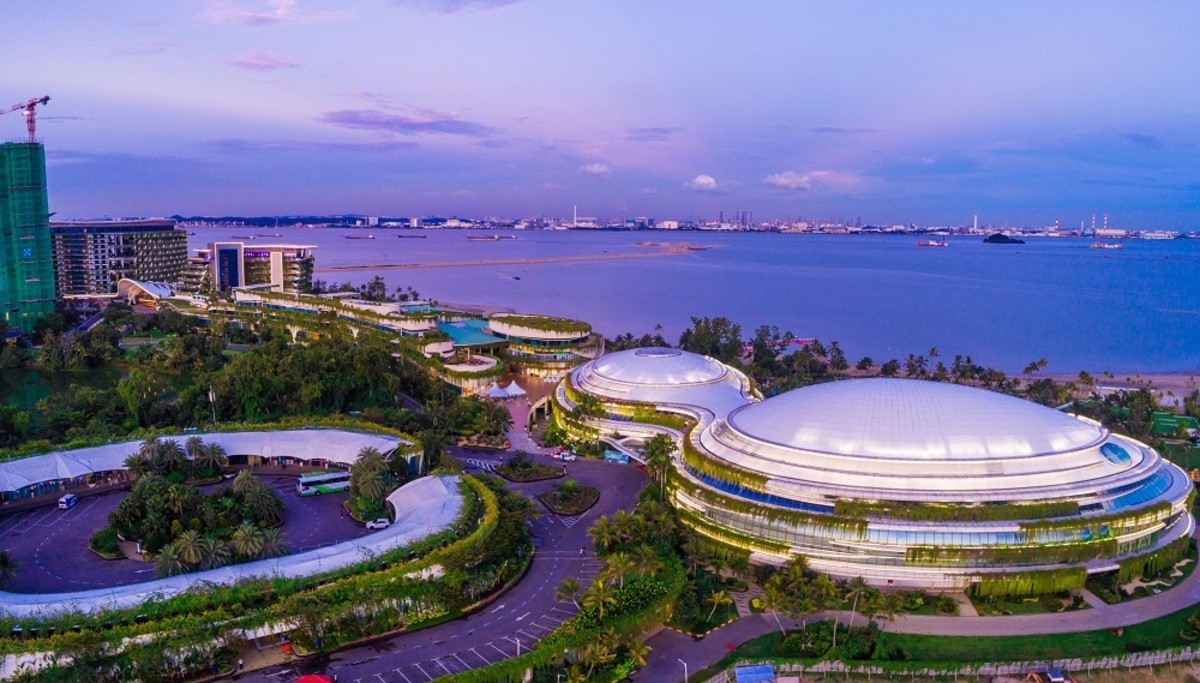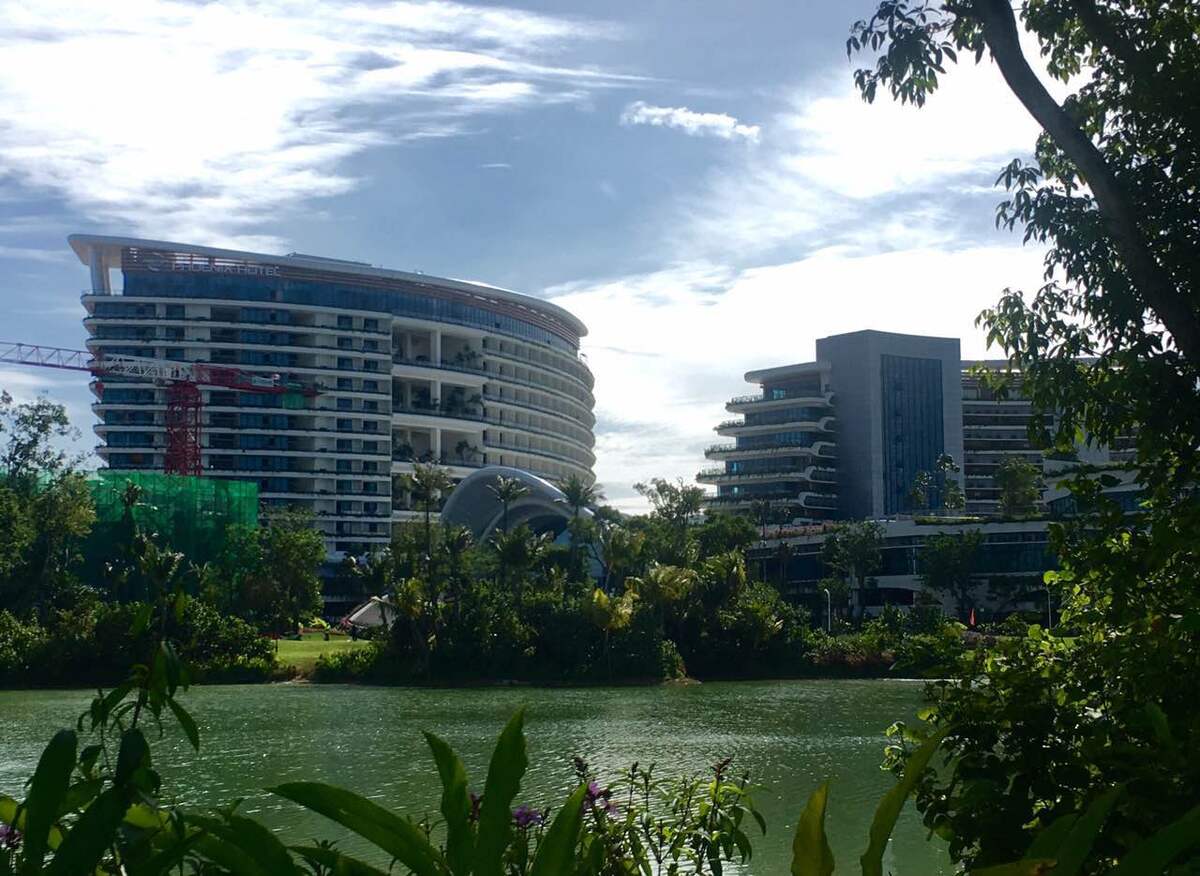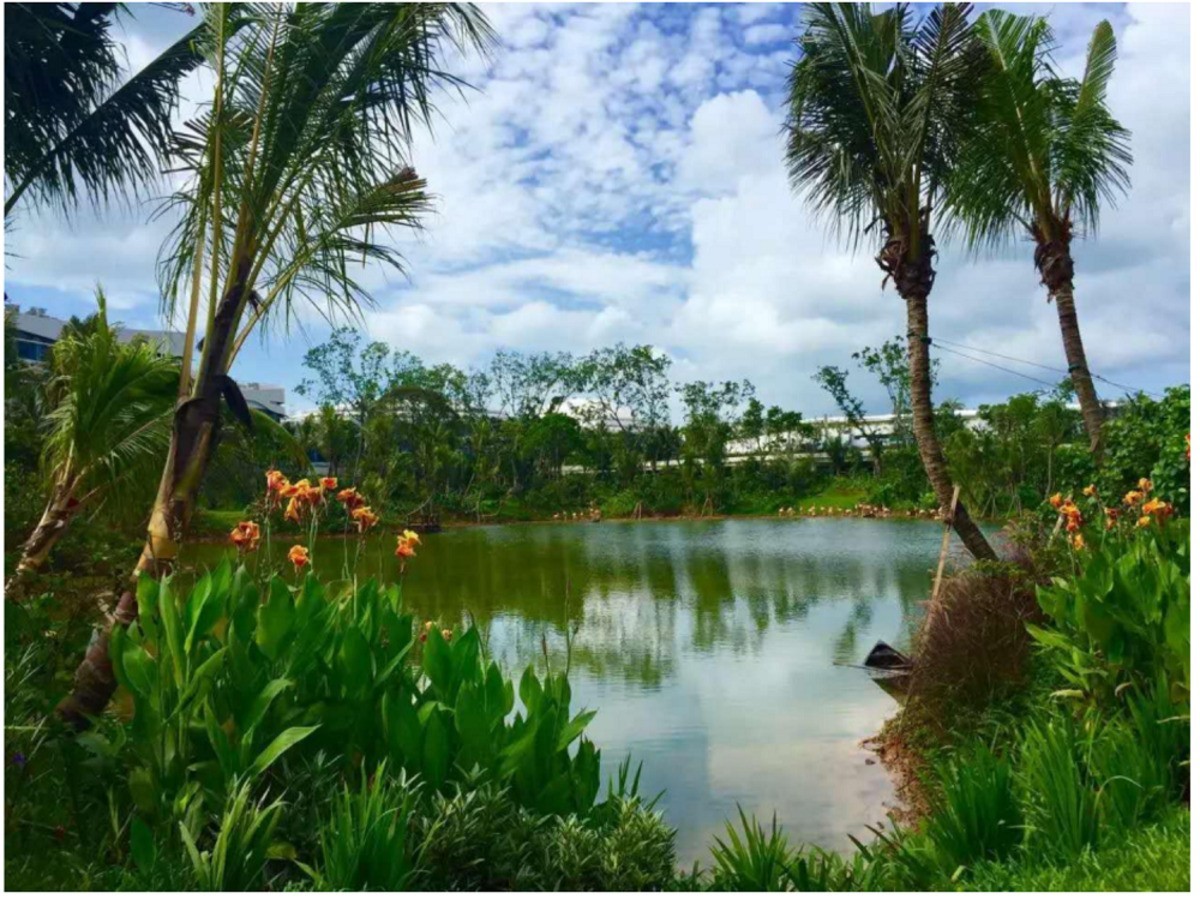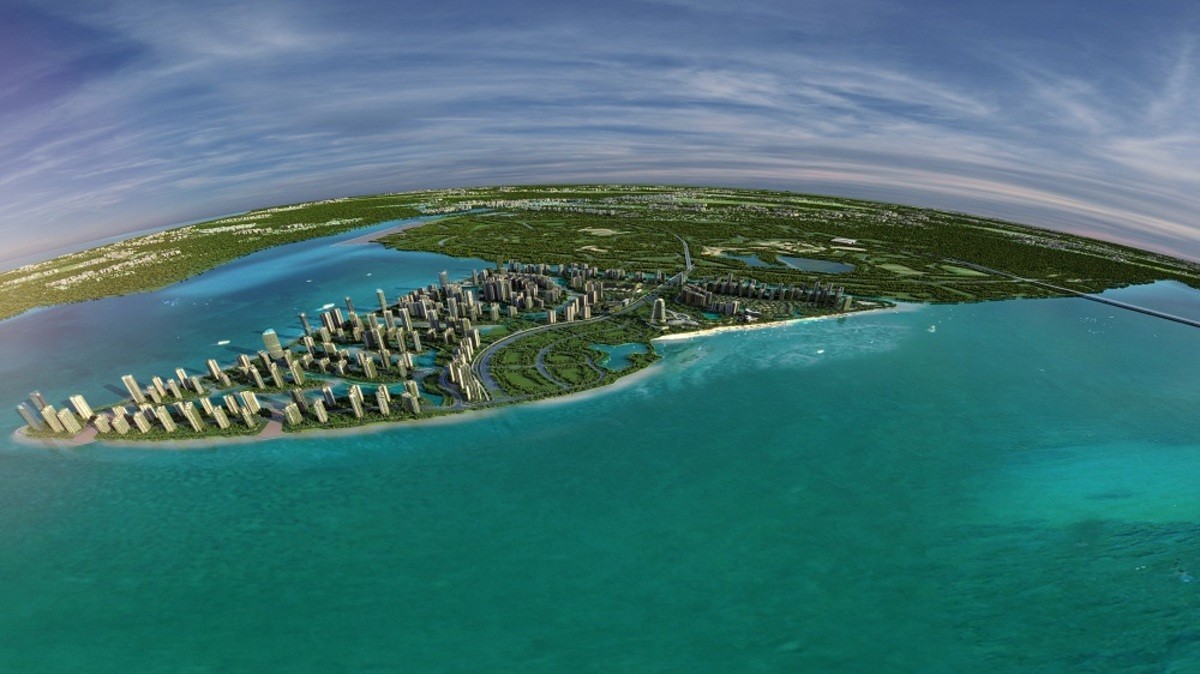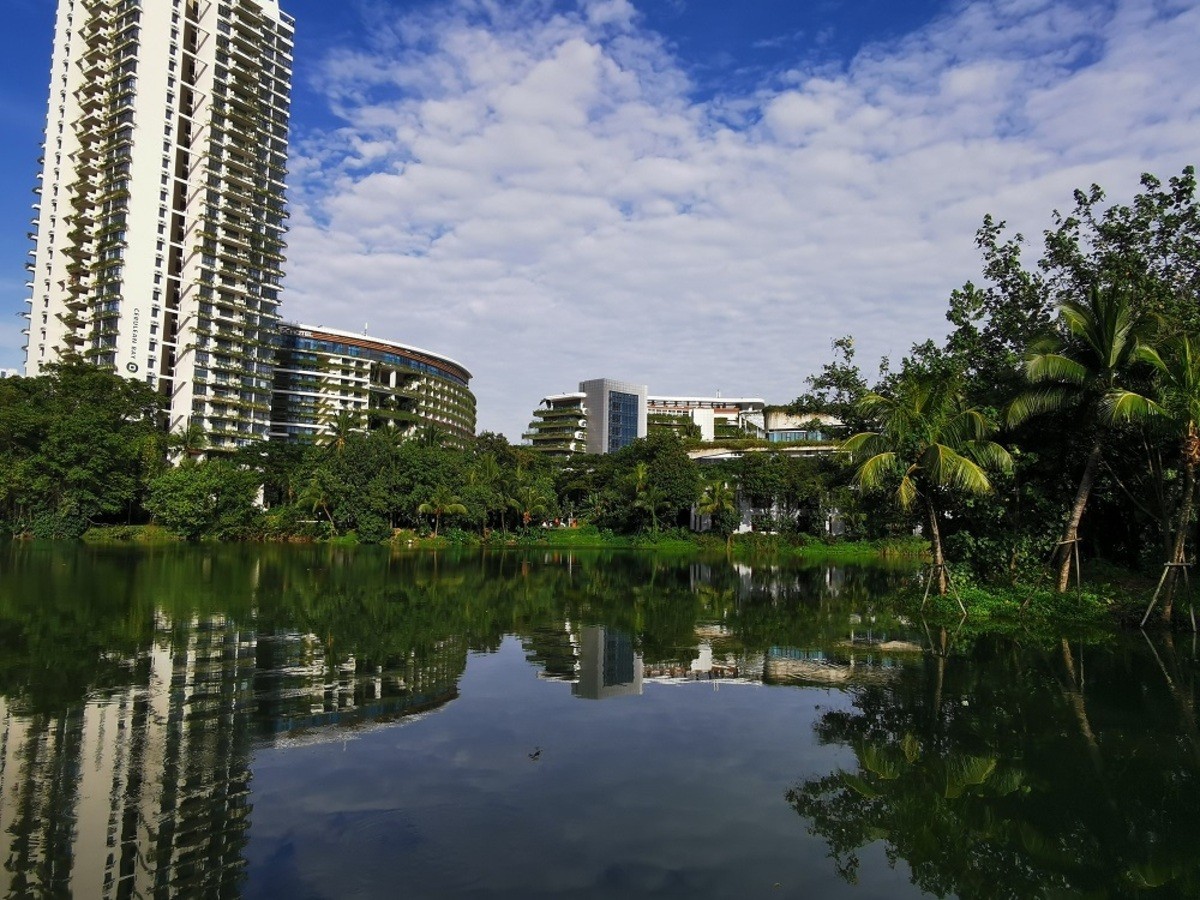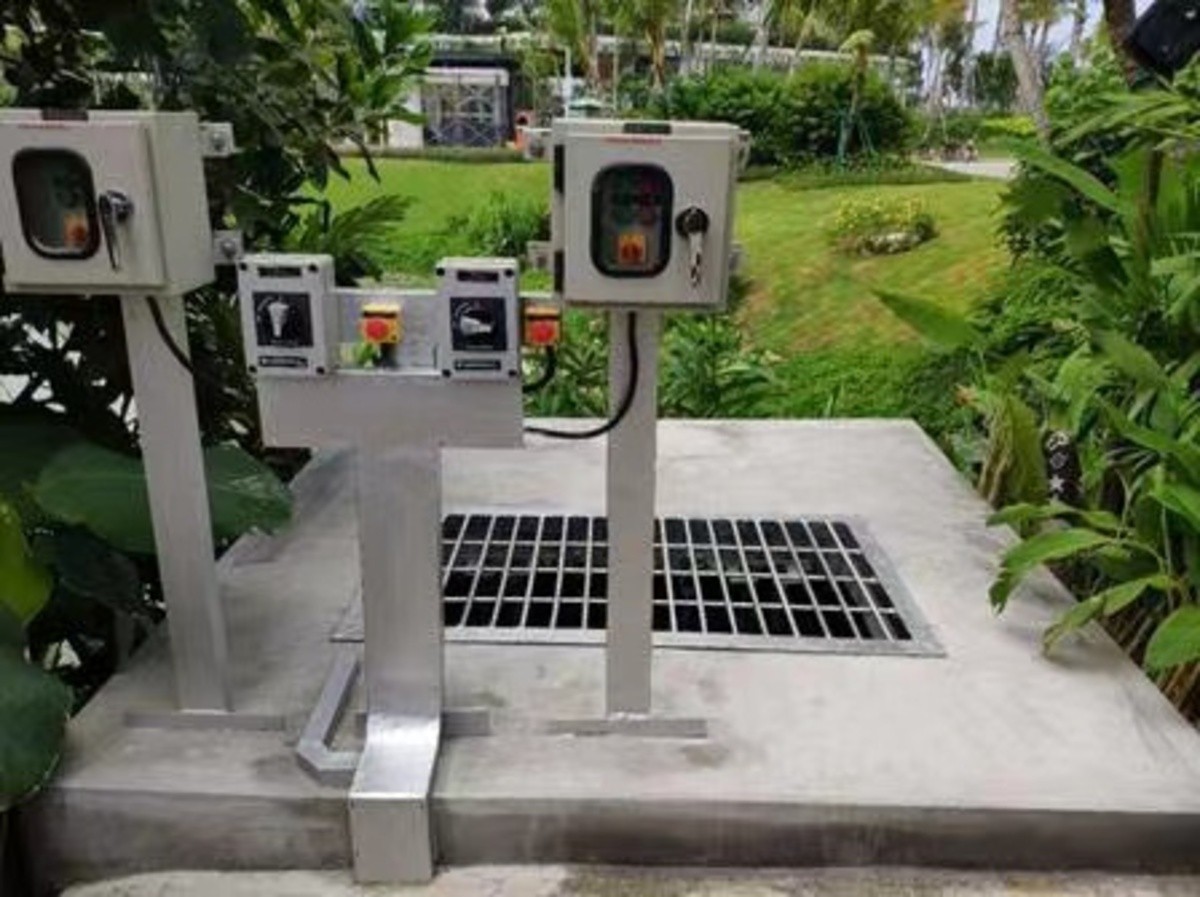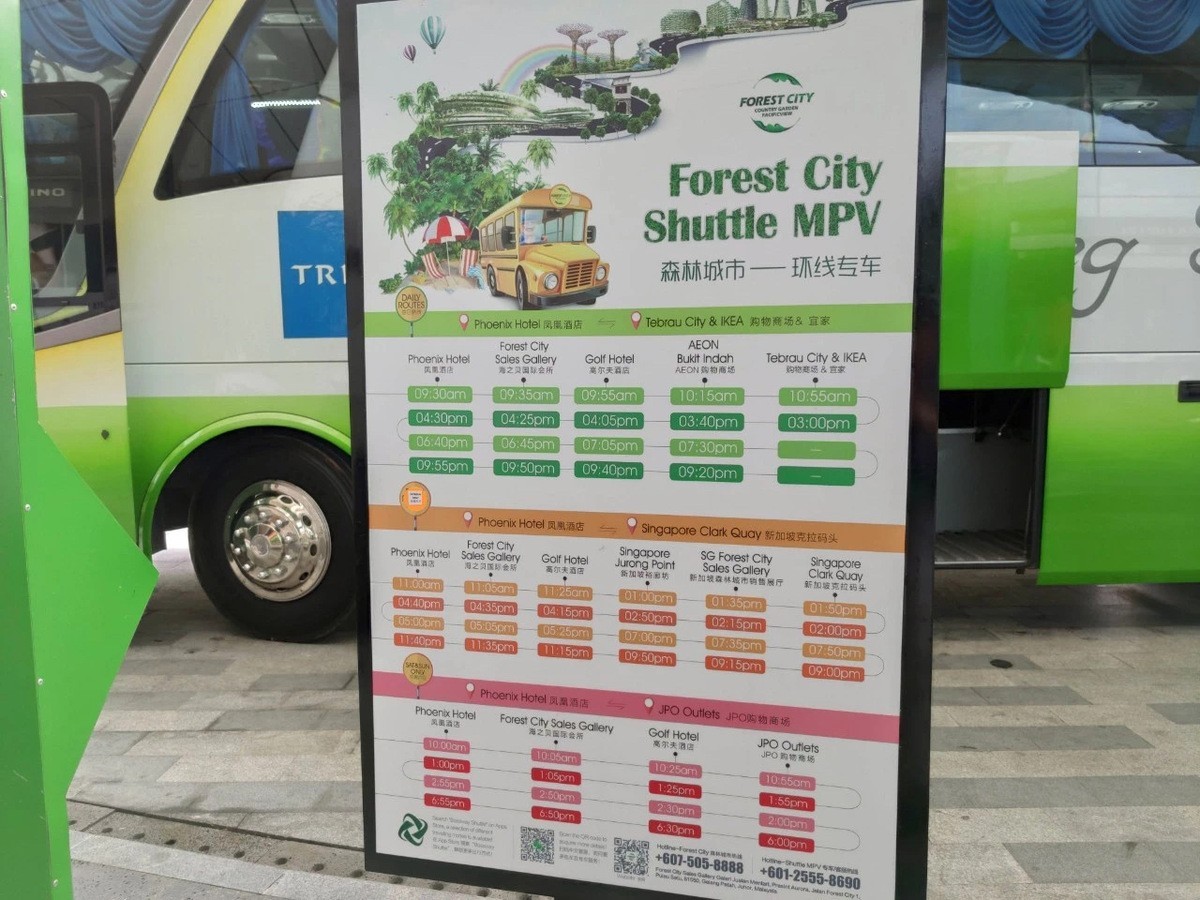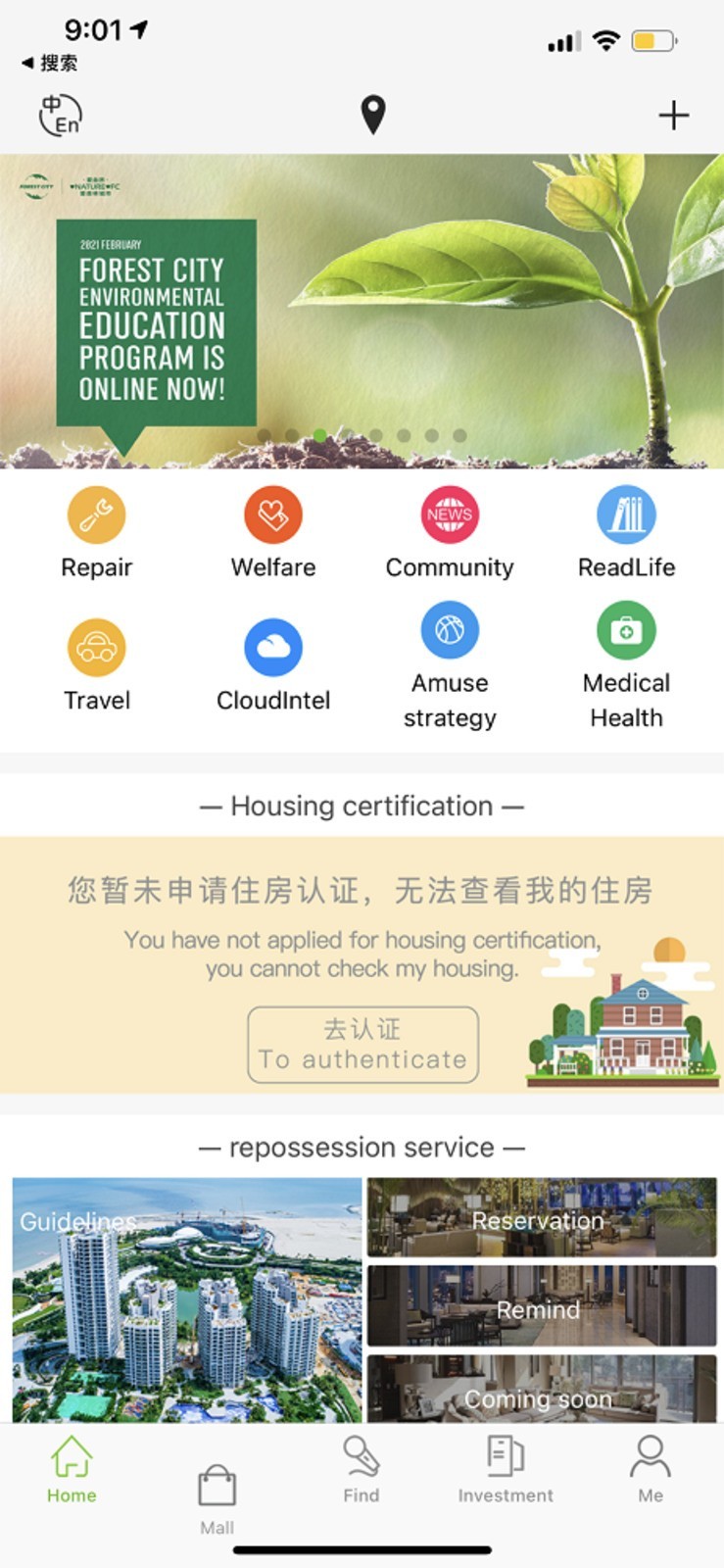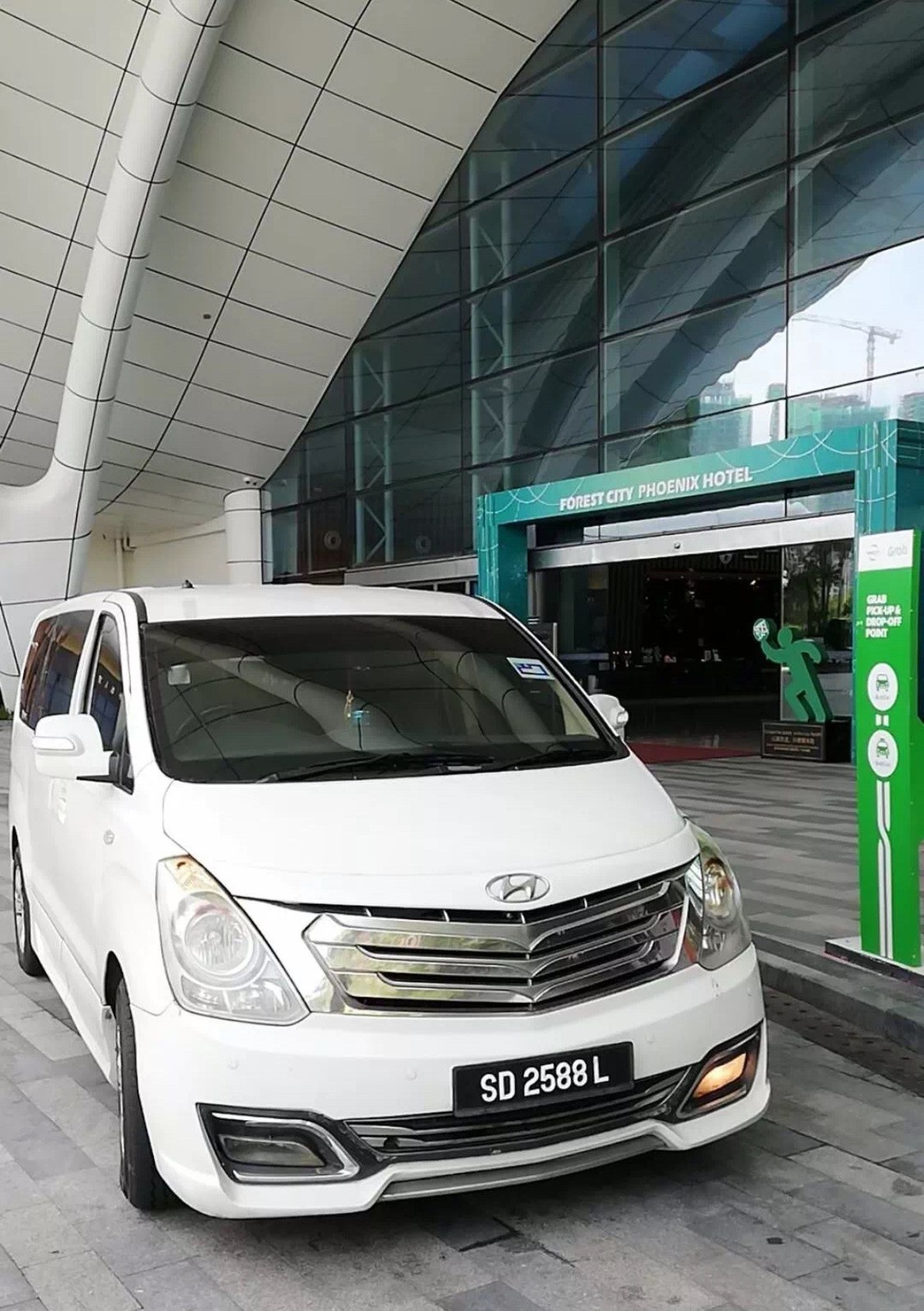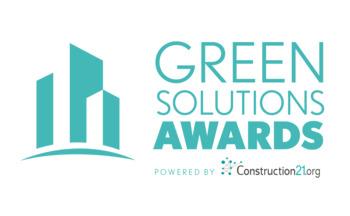Forest city
Last modified by the author on 25/03/2021 - 14:05
- Year of commitment : 2017
- Address 1 - street : Jalan Forest City 1, Pulau Satu,81550 Gelang Patah, Johor Malaysia 81550 马来西亚, 其它国家
- CO2 Impact : Actively promote public transportation and shared services from different levels of the transportation system strategy, reduce the use of private cars, therefore, significantly reduce CO2 emissions. At the same time, grow green plants in the three-dimensi
- Digital services : Cloud data solutions, Automation
- Sustainable mobility : Intra-urban mobility, Mobility services, Carpool
- Biodiversity & Ecosystems : / Urban ecosystem, Preservation, Green roof /
-
84 750 000 000 欧元
Forest City is located in Iskandar Malaysia Special Economic Zone, covering approximately 20 square kilometers. It faces Singapore across the sea with a straight line distance of only two kilometers, as the “bridgehead” connecting Malaysia and Singapore. The project is a novel green and smart city pilot project jointly developed by Country Garden Group(Country Garden Holdings) and the Malaysian-government-backend Esplanade Danga 88 Sdn Bhd (EDSB).
Forest City comprises three human-made islands, with a total construction area of nearly 65 million square meters and a capacity of almost 700,000 people. This project has formulated strategies and visions for coordinated urban development, three-dimensional traffic stratification, green and low-carbon construction, healthy living communities, as well as a unique urban image. It is positioned as a local integrated economic link to undertake industry and consumption, a regional integration strategic highlands to serve new technology applications and headquarters bases, the international green smart city models to cultivate industrial chain ecology and services, and create a sustainable and livable city. Eight major industries were planned in the project, including tourism and exhibition, health care, education and training, foreign enterprise hub, offshore finance, E-commerce base, emerging technology, green and smart technology. The three islands had their planning characteristics, respectively focusing on industrial collaboration, business and tourism, duty-free foreign trade, upscale health care etc., to provide diversified urban services for high-quality living, work, leisure, and health care through organic combination.
The project successfully applied advanced concepts of multi-dimensional greening, sponge city design, smart city, resilient city, TOD mode, building industrialization, multi-layered transportation; adopted measures such as mangrove ecosystem protection, seagrass protection, embankment protection, and real-time water quality monitoring for environmental protection. All these help achieve intensive use of land, ecological sustainability, biodiversity protection and create a green, smart, compact, and harmonious livable urban environment.
All walks of life have widely recognized the green wisdom concept that appeared in the Forest City project. The project received the commendation Certificate of Corporate Social Responsibility Contribution issued by the Prime Minister of Malaysia; also won several international awards such as the Boston Society of Landscape Architects (BSLA) Merit Award (one of the most prestigious design awards in the U.S.), the UN Sustainable Cities and Human Settlements Award (SCAHSA), as well as “The Best Futura Mega Project” award in MIPIM Asia, etc., which set a model of international industry-city integration.
Data Reliability
Self-declared
Funding Type
Private
Sustainable Development
Testimony / Feedback
- Expert: The large-scale construction along the coast poses a huge challenge to the local environment. The protection of air quality, the construction of large-scale sewage treatment facilities, the protection of marine animals and plants, and the selection of construction methods in the Forest City project can effectively reduce the environmental impact and protect the local ecological balance.
- Constructor: We have considered what kind of life should be created for the occupants from the beginning of construction. The construction method of Forest City has brought closer the relationship between human and nature, as if being in the real forest. The heat island effect caused by the concrete steel bars is reduced in this project, the sense of living, working, and exclusive experience is greatly improved.
- User: It's like a garden here. I cannot feel the space pressure brought by large-scale construction. Here, life becomes more convenient because of intelligence.
Governance
Country Garden Holdings
Private Company
Forest City is jointly developed and constructed by Country Garden Group and Esplanade Danga 88 Sdn Bhd (EDSB). The Country Garden Group is mainly responsible for investment, project construction, and operation management, while EDSB is in charge of the permits application, media, and government affairs etc.
Sasaki Associates planned this project; strategic planning analysis was done by McKinsey & Company; Arup conducted traffic strategy research; Guangdong Boyi Architectural Design Institute Co., Ltd. conducted architectural design.
Local consulting and design company arranges on-site RE for project supervision. The local companies participating in Island 1 mainly include AKIPRAKTIS ARCHITECT, Aeon Services, Perunding JYT Sdn. Bhd; Perunding Wepco Sdn Bhd, etc.
Forest City cooperates with McKinsey, the internationally renowned management consulting company, determined the planning and positioning of the integration of industry and city, planning and developing eight major industries including tourism and exhibition, medical care, education and training, foreign enterprise residence, offshore finance, E-commerce base, emerging technology, green and smart technology. Taking advantage of geographical advantages across the sea with Singapore, Forest City can undertake Singapore’s offshore financial services, electronic financial services, and exhibition economy spillovers, carry out vocational and technical education and training, develop diversified tourism and leisure projects, and attract global investment in the development of elderly care and healthcare industries, where is expected to become the future leader of the Southeast Asia Headquarters Base.
Sustainable Solutions
- Quality of life :
- Proximity services
- Infrastructure
- Digital services
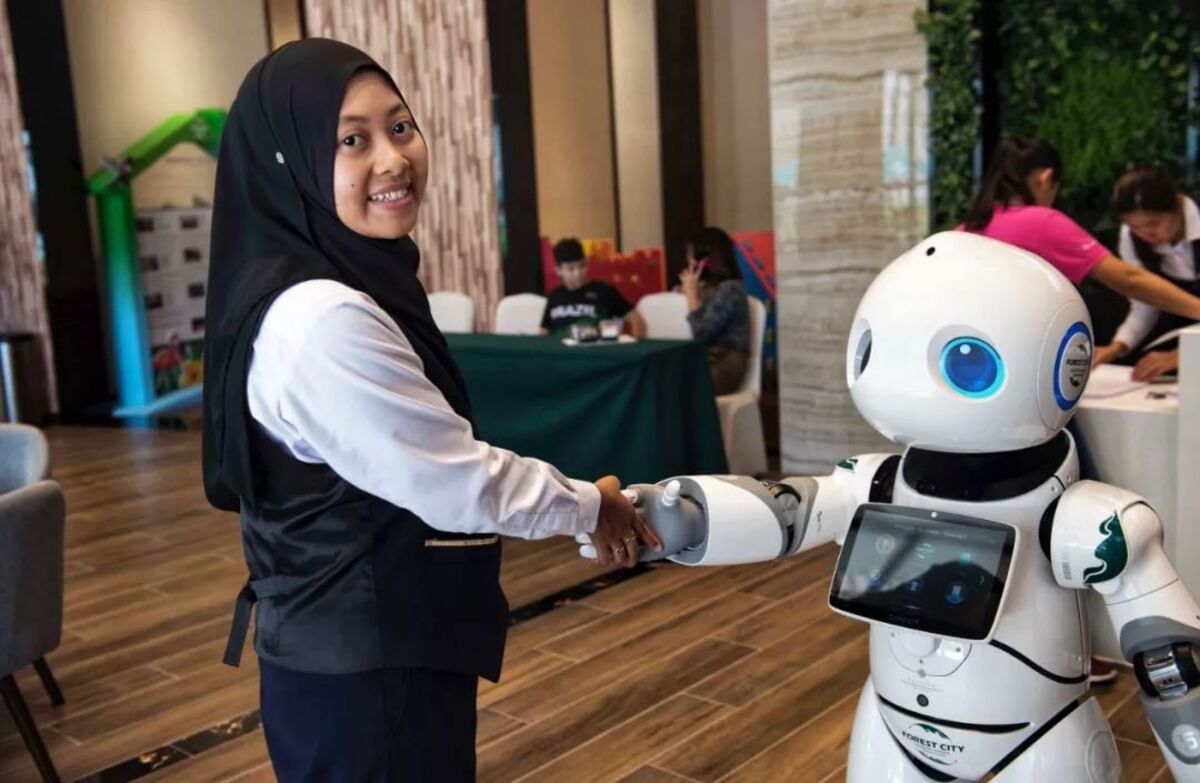
Convenient life
Infrastructure solutions for this project focus on the following two aspects:
Water recycling. Forest City actively explores water resources utilization strategies to achieve 100% collection and treatment of domestic sewage and wastewater and prevent any form of sewage from entering the water body of the island or polluting the environment outside the island, which achieves maximizing the use of water resources. The project plans 18 sewage treatment stations distributed on the three islands. At present, Forest City has completed four sewage treatment stations (STP1, STP2, STP3, and STP4), with a designed maximum treatment capacity of 33,200 cubic meters, using international advanced biological treatment technology (BioAX and MBS combined process). After that, the wastewater undergoes deep purification through a constructed wetland system to decompose organic matter in the water, and then it can be used for green plants irrigation or supplement landscape water after disinfection. After treatment, the reclaim water quality is superior to the indicators in the A-level drainage standard issued by the Ministry of Environment of Malaysia, closing to the Class II B standard in the classification of natural water bodies in Malaysia (water body for leisure use with skin contact). After infiltration and filtration, the clean rainwater is stored and reused with the rainwater of each plot. The pump house is used to build vertical greening irrigation. The excess rainwater will be collected in an organized way and stored in the water system for green plant irrigation in the dry season. At present, at least 90% use of the irrigation water for the entire island is rainwater and reclaimed water.
Biodiversity protection. Given the situation that Forest City Island 1~3 surround the central seagrass area, the Country Garden Group conducted seagrass research, organized environmental protection activities, built an ecological museum, and adopted various methods to protect the seagrass ecosystem in the sea area where the project is located. The Group and the top seagrass research team in Malaysia launched a 4-year seagrass conservation plan at the University of Putra Malaysia (UPM) to establish a seagrass protection zone to study the protection and cultivation of seagrass under the influence of multiple factors such as water depth and water quality, including monitoring the growth of seagrass, installing temporary silt barriers in adjacent waters, launching an online ecological monitoring system, conducting regular ecological research every quarter, testing the growth of animals and plants, and monitoring the deposition and erosion of the coastline every quarter, etc. At the same time, the Group sponsored Kelab Alami, a local environmental protection organization, to organize residents' environmental awareness-raising, seagrass conservation, garbage cleaning and other environmental protection work to assist and support seagrass protection. In 2020, the first phase of the Forest City Ecological Museum was officially opened to the public, including exhibition halls, laboratories and some ecological corridors. There are a total of more than 100 biological samples on display in the exhibition hall. The laboratory will serve as a scientific research and teaching base for cooperative scientific research institutions and universities to carry out work, and will also serve as a popular science classroom to provide popular science teaching lectures for surrounding residents.
Photo credit
Country Garden




